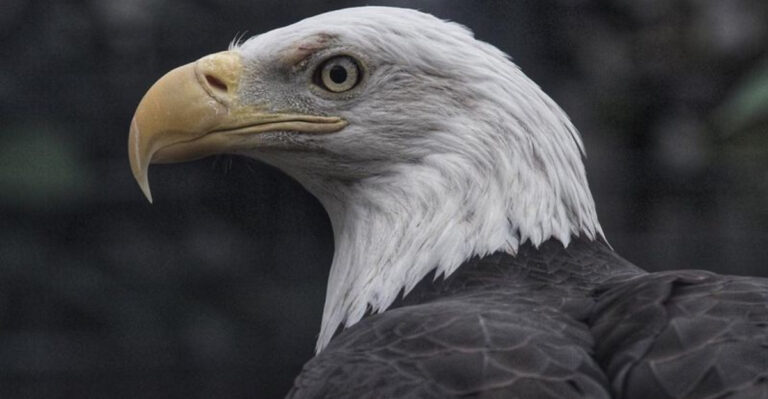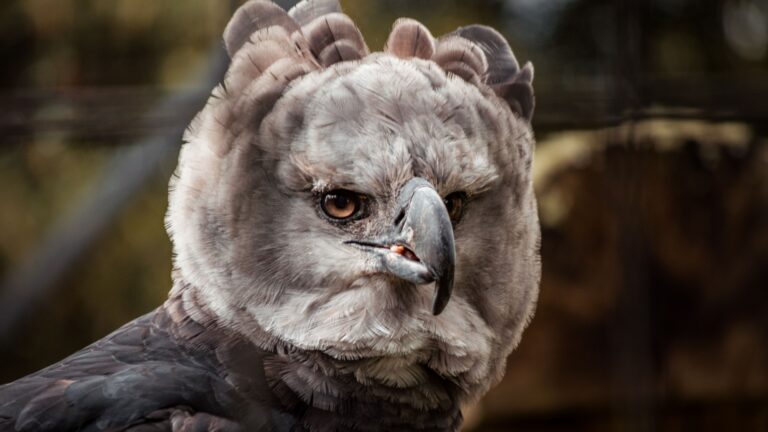15 Birds So Rare Most People Will Never See In The Wild

Our planet hosts some truly spectacular feathered creatures that few humans will ever glimpse in their natural habitats.
These elusive birds face challenges from habitat loss, climate change, and human interference, pushing many to the brink of extinction. Let’s explore fifteen of the world’s rarest birds—magnificent creatures that remain hidden treasures of our natural world.
1. California Condor

Once teetering on extinction’s edge with just 22 individuals left in 1987, the California Condor represents one of conservation’s greatest comeback stories.
Today, about 500 exist, with roughly half soaring free. Their massive 9-foot wingspan makes spotting one an extraordinary event, though most live in carefully monitored regions of California, Arizona, and Baja Mexico.
2. Kakapo
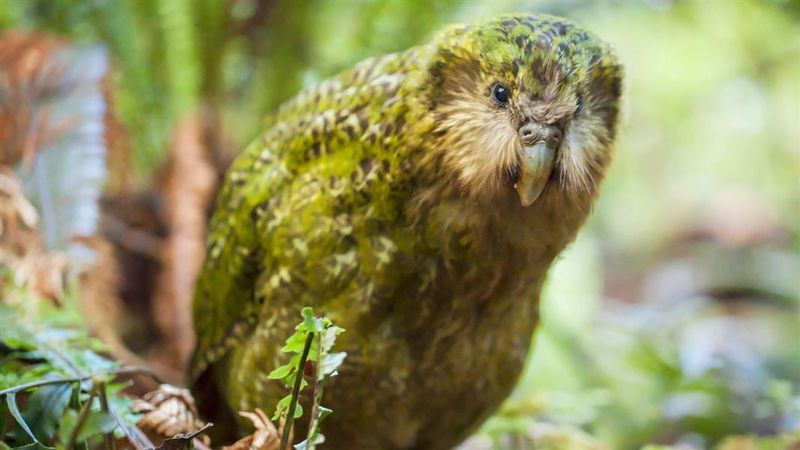
Fluffy, flightless, and fantastically weird, the Kakapo might be the world’s strangest parrot. These moss-green night-dwellers from New Zealand number fewer than 250 individuals today.
Conservation heroes have relocated the entire population to predator-free islands. Their quirky mating ritual involves males creating bowl-shaped depressions in the ground, inflating like balloons, and booming calls that echo through forests.
3. Spix’s Macaw
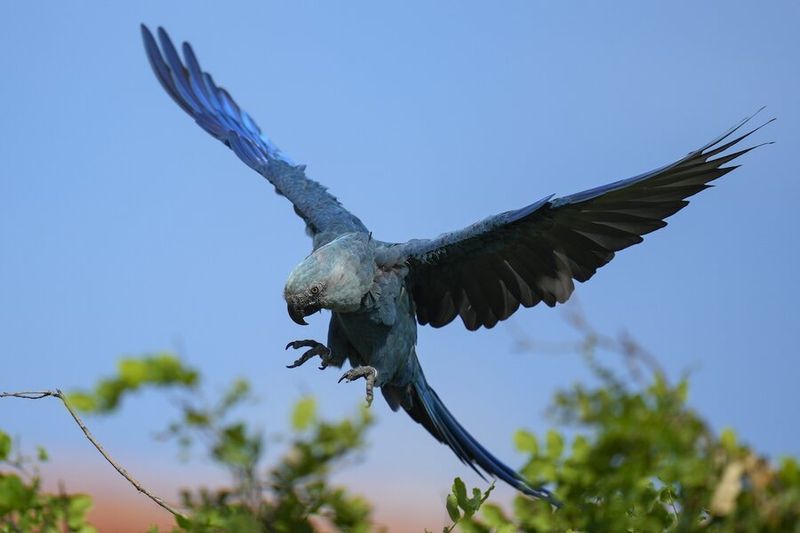
Remember the blue parrot from the movie ‘Rio’? That’s the Spix’s Macaw, declared extinct in the wild in 2019.
Found naturally in Brazil’s caatinga vegetation, this brilliant blue beauty fell victim to habitat destruction and illegal pet trade. Hope flickers as conservation programs maintain about 160 birds in captivity, with ambitious reintroduction efforts underway to restore them to protected areas of their native range.
4. Rhinoceros Hornbill
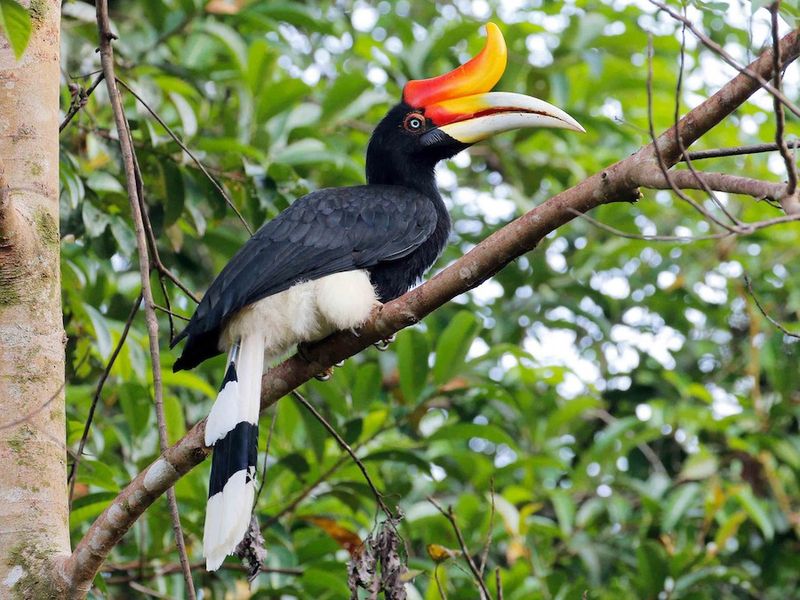
While not directly related to the Javan rhino, the magnificent Rhinoceros Hornbill shares its endangered status and Indonesian home.
This striking bird features a massive orange-red casque atop its bill, resembling a rhino’s horn. Found in Southeast Asia’s rapidly disappearing rainforests, these hornbills face mounting threats from deforestation and poaching, making encounters with them increasingly rare.
5. Whooping Crane
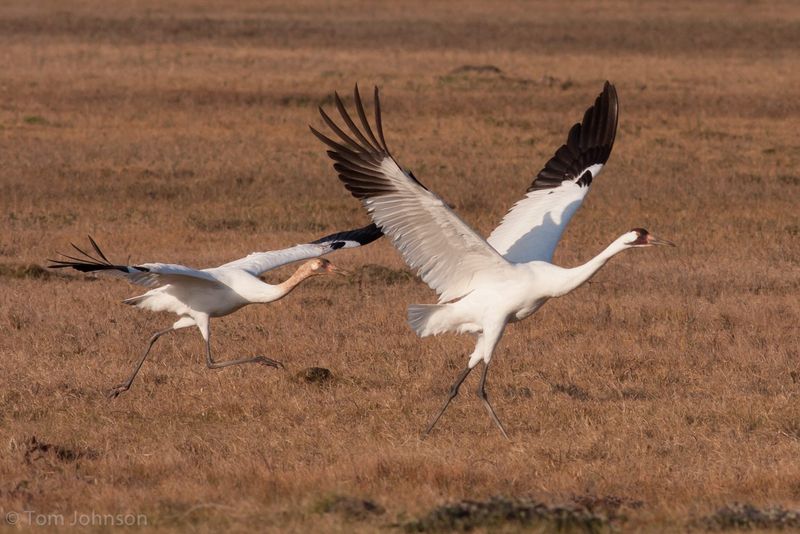
North America’s tallest bird stands majestically at five feet with snow-white plumage and crimson crown. Whooping Cranes perform elaborate courtship dances that would put professional ballerinas to shame.
From a population of just 15 in 1941, conservation efforts have boosted their numbers to around 800 today. Their 2,500-mile migration between Canada and Texas represents one of nature’s most spectacular and precarious journeys.
6. Mandarin Duck
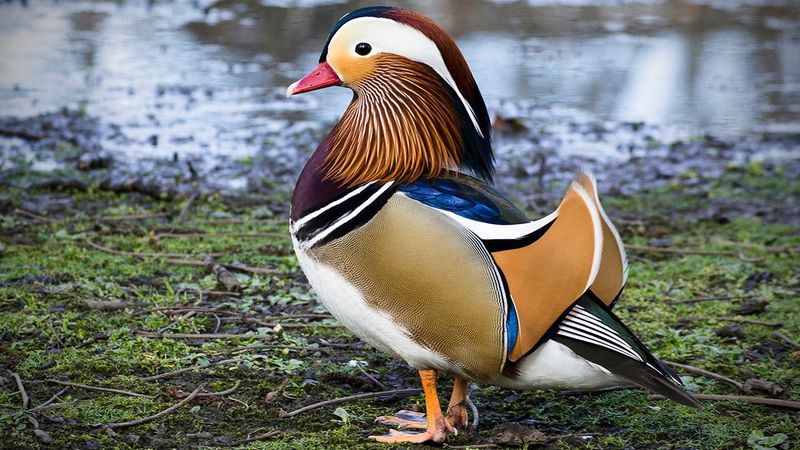
Often called the most beautiful duck in the world, the male Mandarin’s rainbow plumage looks almost too fantastic to be real. Native to East Asia, particularly Japan and eastern China, these living paintings inhabit dense forests near water.
While not globally endangered, natural populations have declined dramatically. Occasional vagrant sightings in North America cause birding frenzies, as these colorful wanderers represent extremely rare visitors rather than established populations.
7. Harpy Eagle
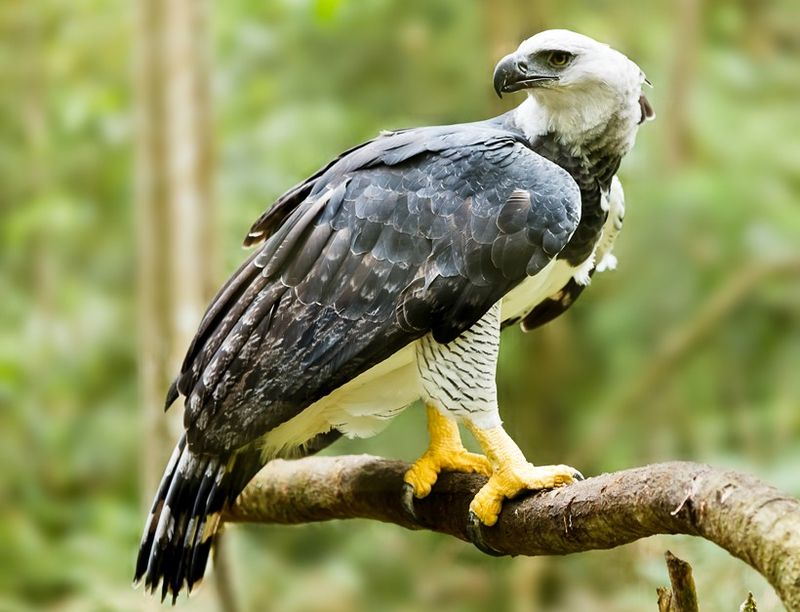
Imagine meeting a bird with talons larger than grizzly bear claws! The Harpy Eagle reigns as one of Earth’s most powerful aerial predators, capable of snatching monkeys and sloths from treetops.
Their remote rainforest homes in Central and South America make encounters vanishingly rare. With wingspans reaching seven feet and distinctive raised gray crown feathers, these magnificent raptors require vast territories, making them extremely vulnerable to deforestation.
8. Greater Sage-Grouse
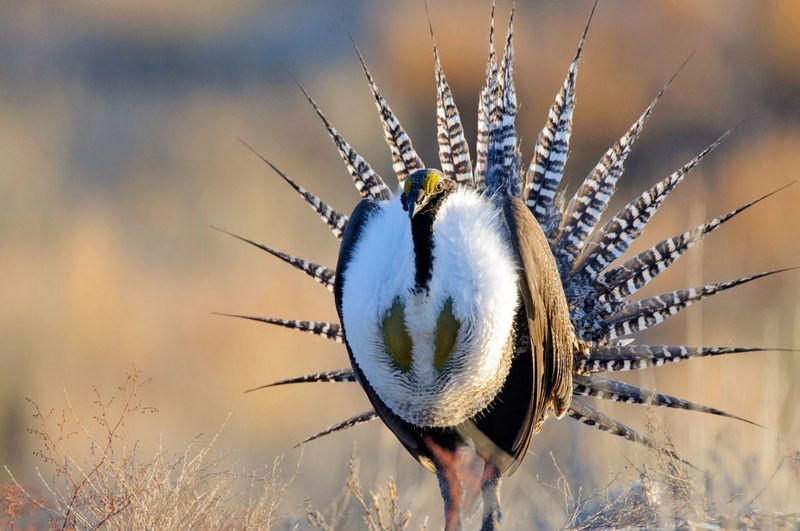
Famous for their extraordinary mating display, male Greater Sage-Grouse inflate bright yellow throat sacs and fan their spiky tail feathers while strutting across communal breeding grounds called leks.
These chicken-sized birds depend entirely on sagebrush ecosystems across western North America. Their population has plummeted by 80% as agriculture, energy development, and invasive species fragment their habitat, making them increasingly difficult to find despite their once vast range.
9. Yellow-Eyed Penguin
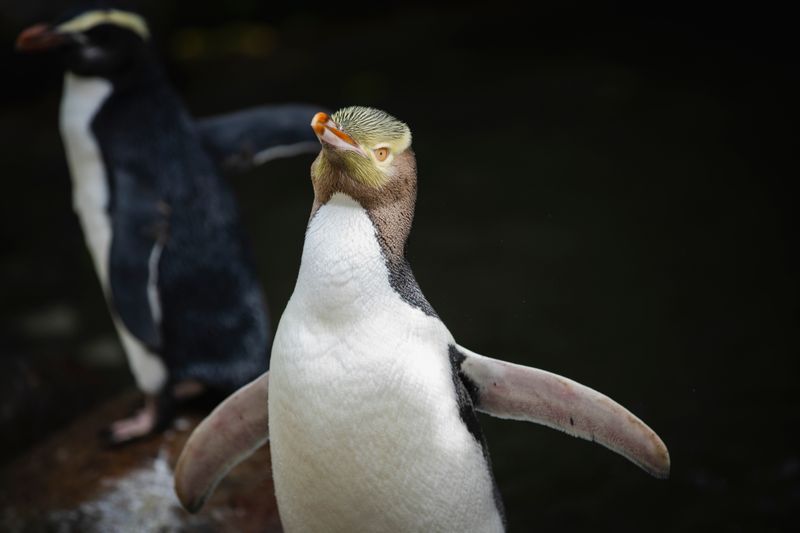
Sporting distinctive amber eyes that seem to peer into your soul, the Yellow-eyed Penguin holds the unfortunate title of world’s rarest penguin. Only about 4,000 remain in the wild, all found along New Zealand’s southeastern coastlines and offshore islands.
Unlike colonial penguins, these solitary birds nest in forest undergrowth near beaches. They face threats from introduced predators, habitat loss, disease, and warming oceans that affect their food supply.
10. Seven-Colored Tanager
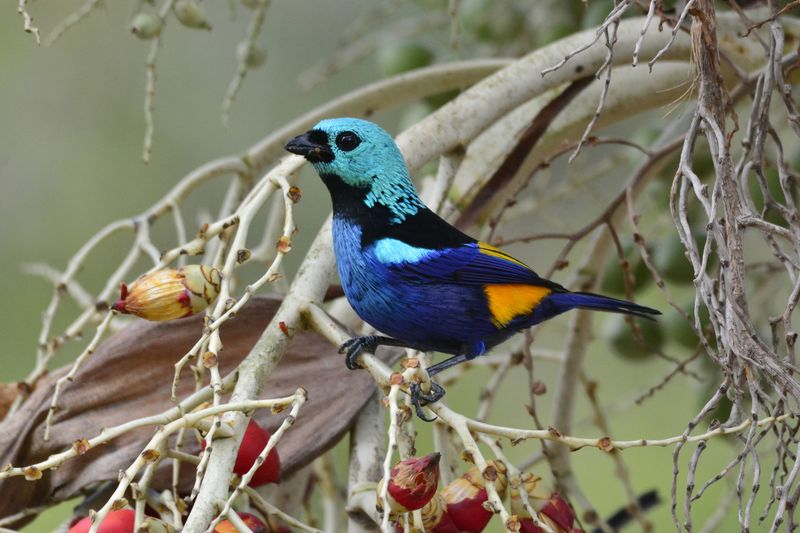
A living rainbow flitting through Brazil’s Atlantic Forest, the Seven-colored Tanager dazzles with its technicolor plumage of turquoise, green, blue, yellow, orange, black, and red.
Restricted to a tiny fragment of northeastern Brazil’s coastal forests, fewer than 1,000 individuals remain in the wild. Their vibrant colors make them targets for illegal pet trade, while their specialized forest habitat continues to shrink due to agricultural expansion.
11. White-Tailed Eagle
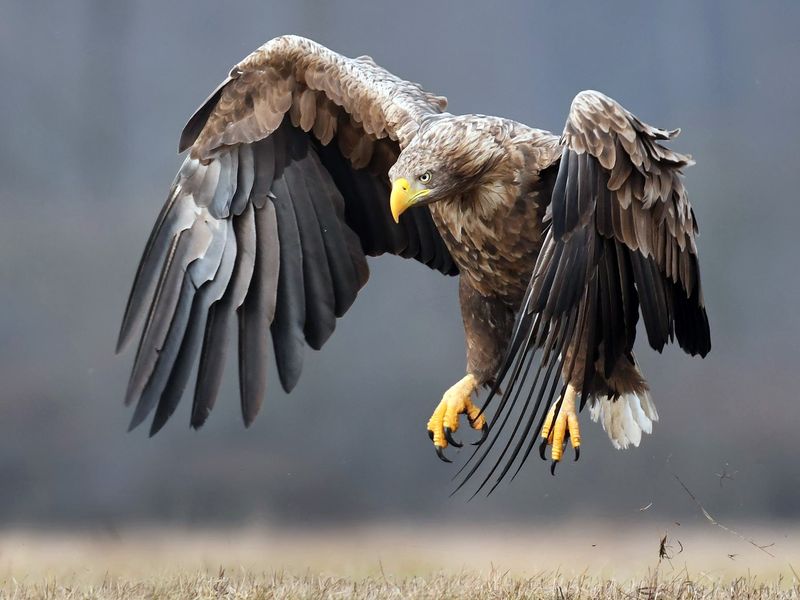
Ancient Vikings called them “King of the Sea” for good reason. With enormous eight-foot wingspans and powerful yellow beaks, White-tailed Eagles command attention when spotted soaring over European coastlines and lakes.
Once extinct in Britain and severely depleted across Europe due to persecution and pesticides, careful conservation has helped populations recover. Still, seeing these majestic sea eagles requires patience and luck in remote coastal areas of Scotland, Norway, and Eastern Europe.
12. Ivory-Billed Woodpecker
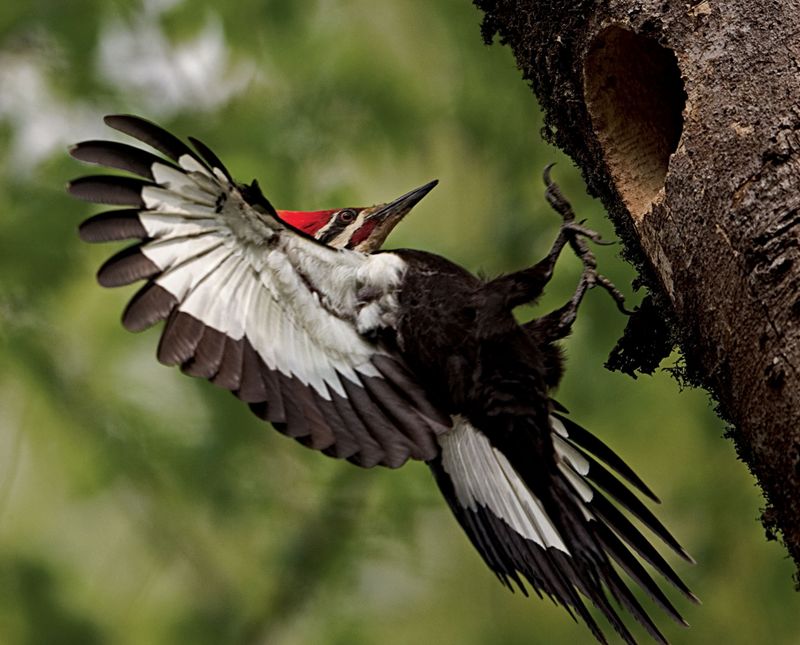
Known as the “Lord God Bird” because that’s what people exclaimed upon seeing one, the Ivory-billed Woodpecker represents ornithology’s greatest ghost story. This magnificent crow-sized woodpecker with striking white bills hasn’t been confirmed alive since the 1940s.
Periodic claimed sightings in remote southern swamplands spark expeditions and debate. Officially listed as critically endangered (possibly extinct), it remains a phantom prize for birders exploring the bottomland forests of the southeastern United States.
13. Spoon-Billed Sandpiper
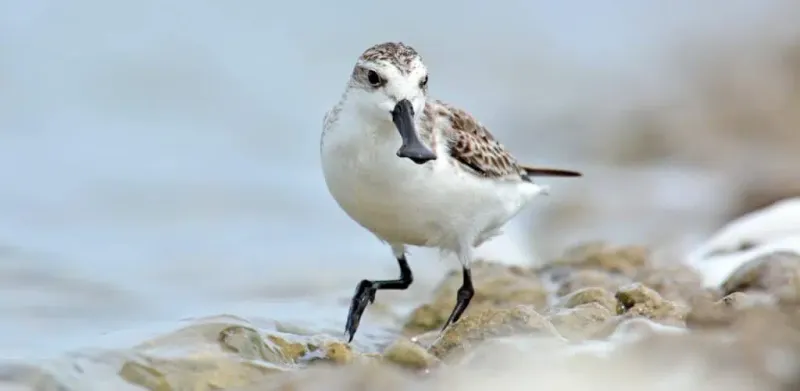
Sporting perhaps the most peculiar bill in the bird world—flat and spatula-shaped at the tip—this tiny shorebird represents one of Earth’s most endangered species. Fewer than 250 breeding pairs remain in the wild.
These remarkable travelers migrate from remote Arctic Russia to Southeast Asian mudflats each year. Conservation teams have established captive breeding programs and protect key stopover sites along their 5,000-mile migration route, offering slim hope for their survival.
14. Takahe
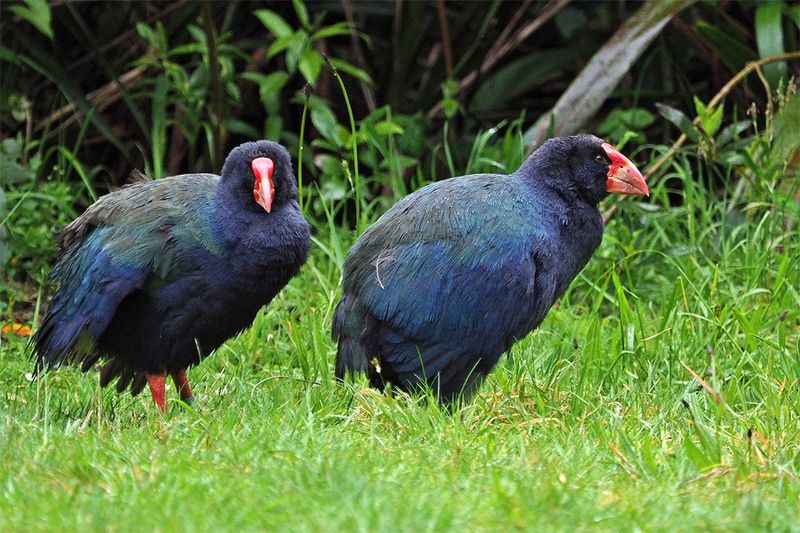
Declared extinct in 1898 only to be rediscovered 50 years later, the Takahe embodies conservation perseverance. These flightless, chicken-sized birds with brilliant blue-purple plumage and massive red bills were saved from the brink.
Native to New Zealand’s South Island grasslands, fewer than 450 remain today. They’ve been relocated to predator-free island sanctuaries where visitors can occasionally glimpse these living fossils methodically stripping grass seeds with their specialized bills.
15. Peregrine Falcon
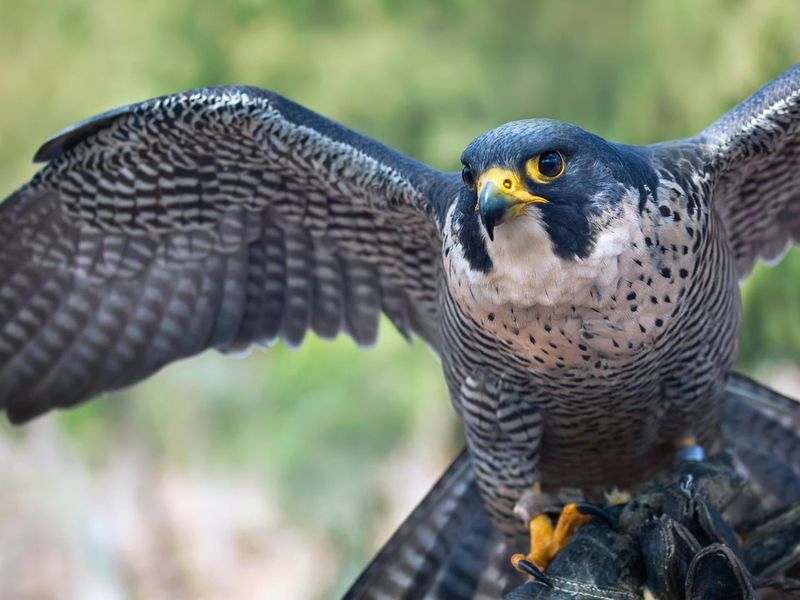
The fastest animal on Earth isn’t a cheetah—it’s the Peregrine Falcon, capable of 240 mph diving speeds when hunting. These aerial masters plummet from great heights, striking prey in mid-air with devastating precision.
Nearly wiped out by DDT pesticides in the mid-20th century, peregrines have made a remarkable recovery through intensive conservation. While more common than others on this list, truly wild peregrines remain challenging to spot outside urban areas where some have adapted to nesting on skyscrapers.



